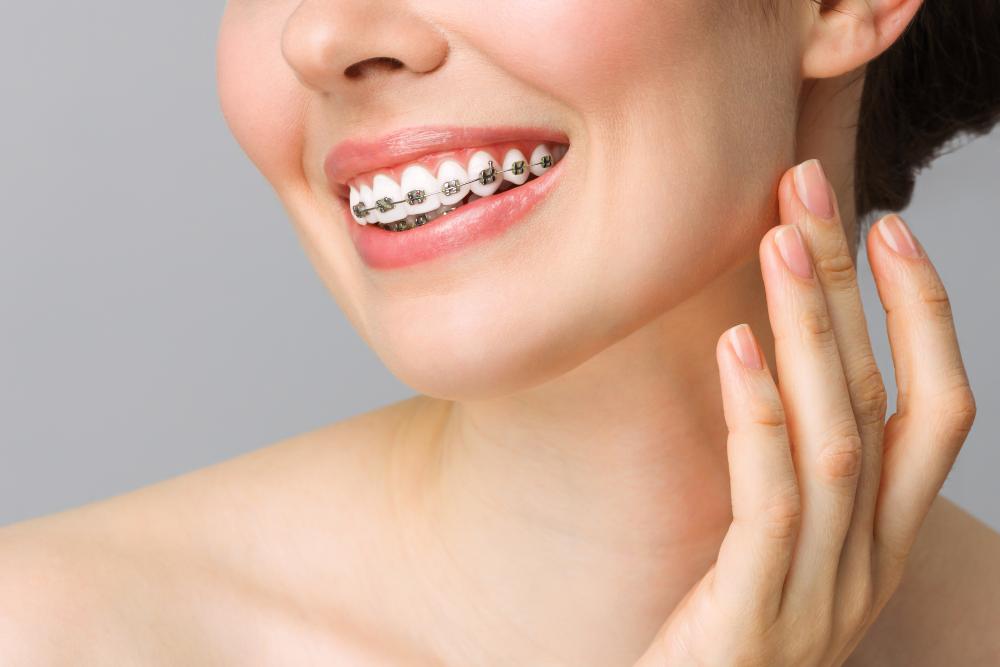If you’re wondering when should you see an orthodontist? the answer depends on several factors related to your oral health and dental development. Orthodontists specialize in correcting teeth and jaw alignment, and early evaluation can help identify issues before they worsen. Knowing the right time to consult an orthodontist can ensure timely intervention and better outcomes for both children and adults.
Recommended Age for Orthodontic Evaluation:
The American Association of Orthodontists recommends that children have their first orthodontic check-up by age 7.
- Early assessment helps detect bite problems and jaw growth issues
- Allows monitoring of the development of permanent teeth
- Identifies habits like thumb sucking or tongue thrusting that affect alignment
- Enables interceptive treatments to prevent more severe problems
- Not all children need treatment at this age, but evaluation is crucial for planning
Early visits provide valuable information even if treatment is not immediately needed.
Signs That Indicate You Should See an Orthodontist:
Certain visible or functional signs suggest it’s time to schedule an orthodontic consultation.
- Difficulty biting or chewing food properly
- Crowded, crooked, or protruding teeth
- Persistent thumb sucking beyond age 4-5
- Speech difficulties such as lisps or unclear pronunciation
- Mouth breathing or frequent jaw popping and discomfort
Recognizing these signs early helps prevent worsening of dental issues.
Orthodontic Needs for Adults:
Orthodontic treatment isn’t just for kids; many adults benefit from seeing an orthodontist.
- Teeth shifting or crowding that developed over time
- Desire to improve smile aesthetics and confidence
- Correction of bite problems causing jaw pain or headaches
- Preparation for other dental procedures like implants or crowns
- Treatment options like clear aligners provide discreet solutions
Adults can achieve excellent results with modern orthodontic techniques.
Benefits of Early Orthodontic Intervention:
Seeing an Orthodontists Treatment early offers multiple advantages in managing dental health.
- Simplifies or shortens the duration of future treatment
- Guides proper jaw growth to avoid complex surgeries later
- Prevents tooth extractions by creating space as needed
- Reduces risk of trauma to protruding front teeth
- Improves self-esteem by addressing dental concerns at a young age
Proactive care often leads to more comfortable and effective outcomes.
What to Expect During Your Orthodontic Visit?
Understanding the evaluation process helps reduce anxiety and prepares you for the visit.
- Comprehensive oral exam including teeth, gums, and jaw assessment
- Diagnostic records such as X-rays, photographs, and impressions
- Discussion of any symptoms or concerns you have noticed
- Explanation of possible treatment options and timelines
- Personalized recommendations tailored to your specific needs
This thorough approach ensures clear communication and informed decisions.
How to Choose the Right Time Based on Your Situation?
Timing your visit depends on your unique dental health and goals.
- Children with early signs of malocclusion should see an orthodontist promptly
- Adults considering cosmetic or functional improvements can schedule anytime
- If referred by a general dentist due to suspected alignment issues
- Prior to major dental work requiring proper bite alignment
- Whenever you notice changes or discomfort related to teeth or jaws
Consulting your dentist for advice on timing can also guide your decision.
In summary, when should you see an orthodontist? ideally, children should have an initial evaluation by age 7, but many reasons exist to see one later in childhood or adulthood. Early assessment and timely treatment lead to better dental health, improved function, and enhanced confidence. Pay attention to signs and symptoms, and don’t hesitate to consult an orthodontic specialist for personalized care.





Comments